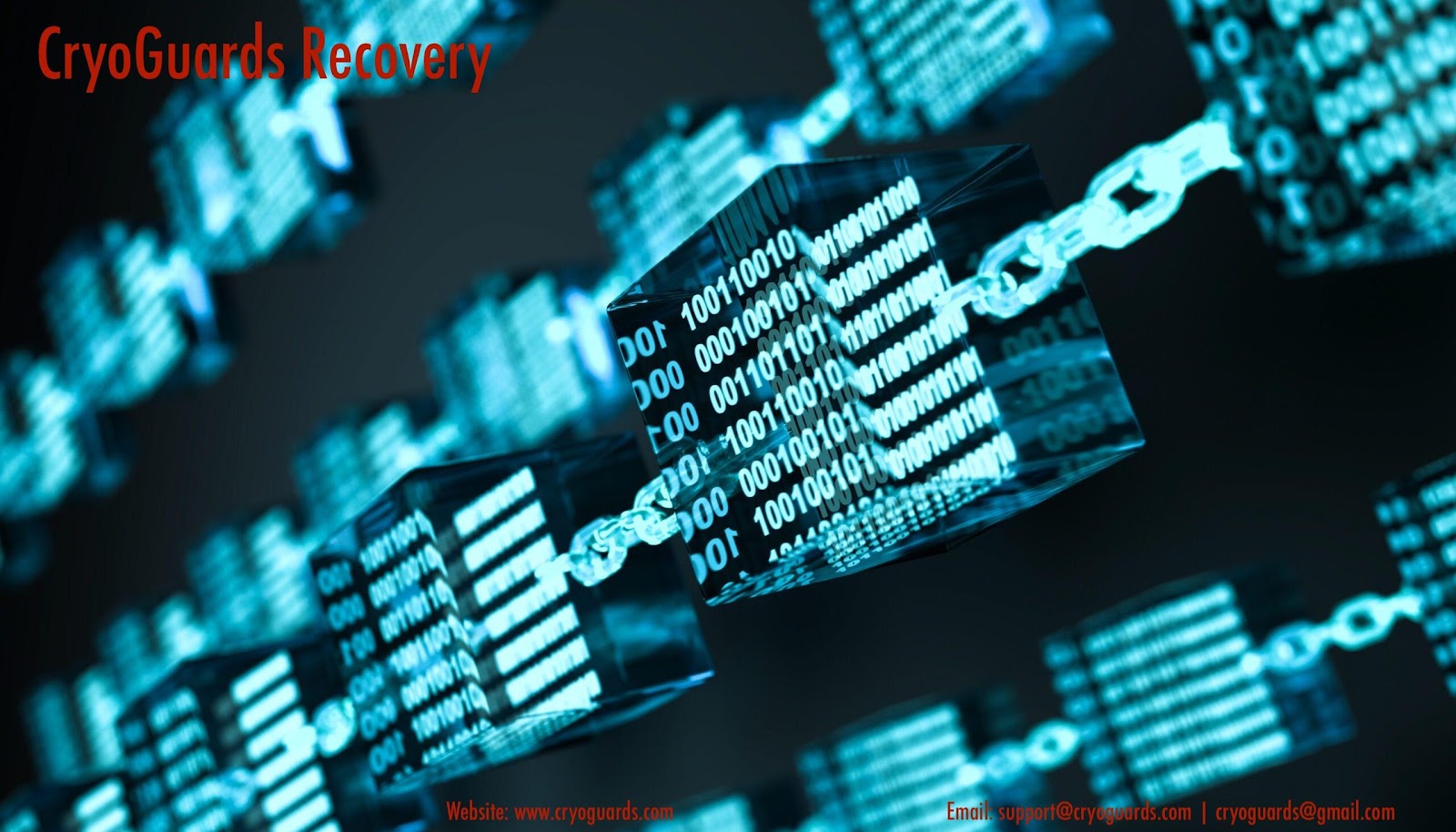The transition from laboratory results to commercial production of green hydrogen is one of the biggest challenges in industrial scaling. While electrolysis technology works in controlled research environments, creating large-scale industrial operations requires the resolution of infrastructural, economic and technical issues that go well beyond the electrolyzer itself.
Electrolysis systems in the laboratory operate under controlled conditions with managed inputs and outputs. Scaling these systems to industrial capacity reveals the complexity of hydrogen production in practice. Industrial facilities must cope with fluctuating supply of renewable energy, manage the heat from large-scale electrolysis and integrate multiple support systems that are not required in laboratory setups.
Moving from megawatt to gigawatt production creates challenges that don't just multiply. Heat management becomes important as larger systems generate thermal energy that must be captured or removed. Water treatment requirements increase as industrial-scale electrolysis requires a constant supply of pure or ultra-pure water. These factors create infrastructure needs that go beyond the core technology of electrolysis.
Industrial green hydrogen production requires a specialized infrastructure that differs from traditional chemical processing plants. The properties of hydrogen create specific requirements for materials, safety systems and process design that affect all areas of plant construction and operation.
Companies developing green hydrogen production solutions must address multiple infrastructure challenges at once. These include the integration of renewable energy, water treatment systems, hydrogen purification equipment and storage solutions that can meet the requirements of industrial production.
One of the biggest challenges in the area of infrastructure is connecting large-scale electrolysis plants to renewable energy sources. Unlike conventional power plants that provide steady output, renewable energy sources create fluctuating power conditions that industrial electrolysis systems must cope with.
The challenge goes beyond simple power supply. Industrial electrolysis systems must respond quickly to changes in available renewable energy while maintaining production efficiency and plant longevity.
The industrial production of green hydrogen requires material handling systems that address the challenges of hydrogen processing. The small molecular size of hydrogen places specific demands on piping, valves and sealing systems that differ from those used for conventional industrial gases.
Water treatment infrastructure becomes complex on an industrial scale. Large electrolysis plants require significant amounts of high-purity water, creating a need for treatment systems that can process municipal or industrial water sources to meet the standards required for efficient electrolysis operation.
The transition to industrial production of green hydrogen creates safety considerations that need specific investments in infrastructure. The flammability and interactions of hydrogen with other materials give rise to specific safety requirements that affect the entire plant design.
Regulatory compliance requirements vary between laboratory and industrial operations. Industrial plants must meet environmental reporting requirements, safety standards and operational monitoring demands which adds to the complexity of the infrastructure and increases costs.
The use of green hydrogen in industry represents an infrastructural challenge that goes beyond scaling up electrolysis technology. Success requires the coordinated development of power systems, material handling capabilities, safety infrastructure and regulatory compliance systems that work together to enable reliable and economical production.




Want to add a comment?